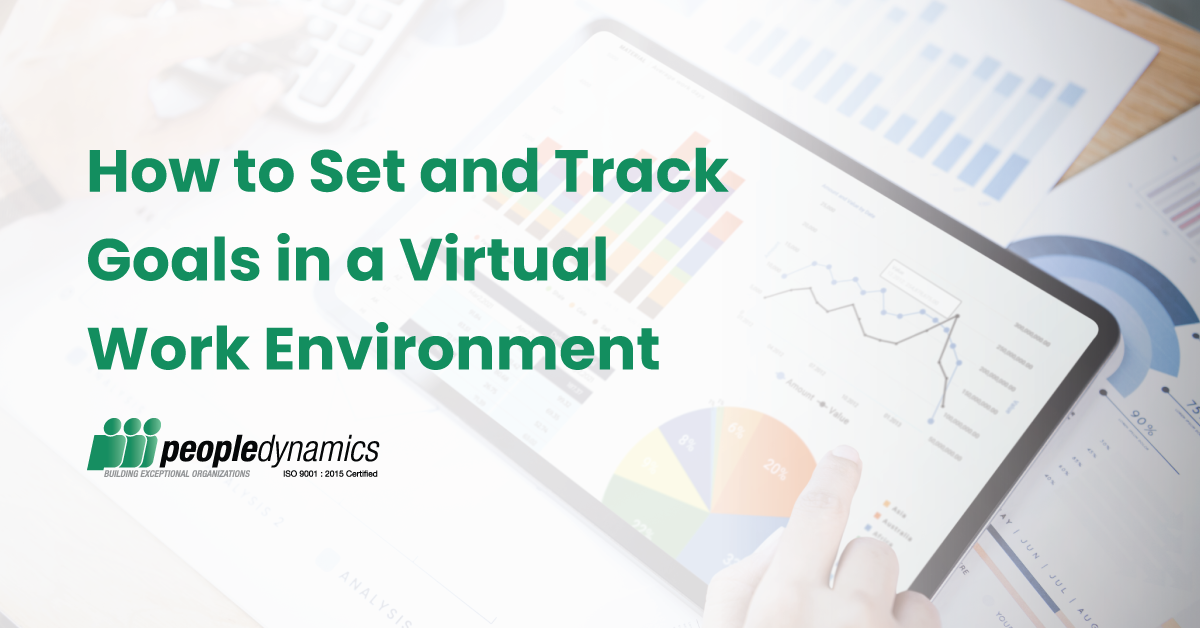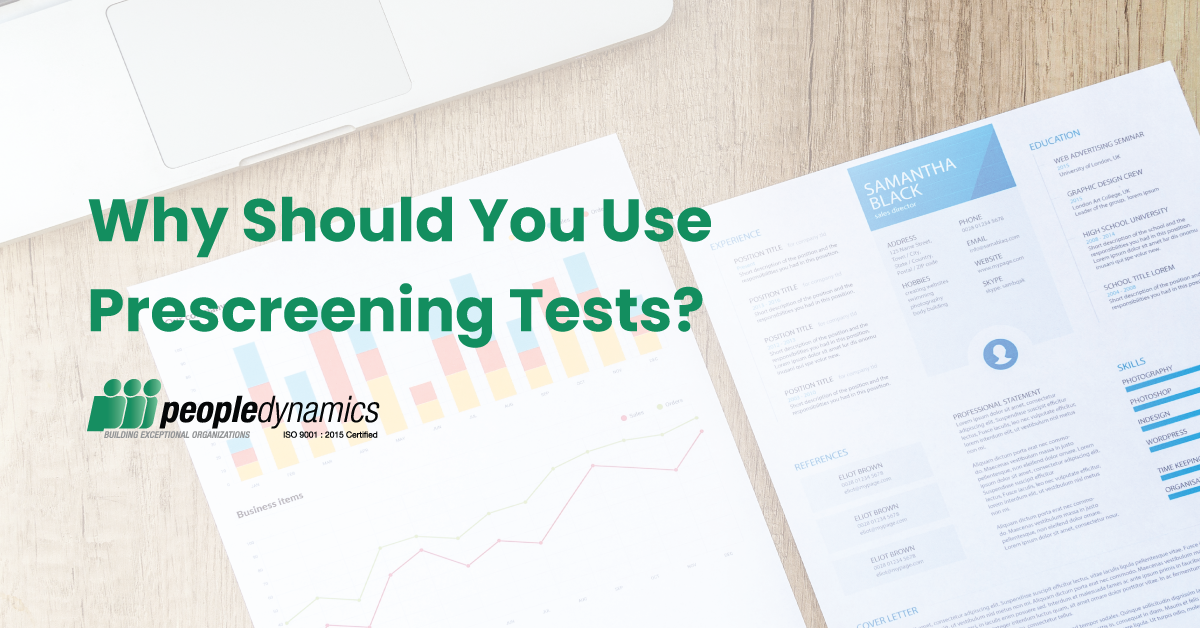One of the most common ways to evaluate employee performance is performance reviews. Most organizations will have these in place. However, in recent years, controversies regarding this are surfacing. According to Gallup, only 14% of employees strongly agree that their performance reviews inspire them to improve. That’s a very low percentage. That’s why many leaders think that performance reviews do more harm than good.
And, with the pandemic still ongoing, the call for a better and evolved performance management is stronger. That’s why you must have an effective performance management tool in place. For example, having and making the most of 360-degree feedback for your organization. In this article, we’ll give you some tips to maximize 360-degree feedback!
5 Ways to Maximize Your 360-Degree Feedback
Get or develop effective 360-degree feedback systems
The first step you need to do to maximize 360-degree feedback for your organization is to develop—or get—a system that will help you meet your objectives.
You can only fully enjoy the benefits a 360-degree feedback system can give if it asks the right questions and has the right system. It should serve its purpose, which is to give an objective and well-rounded picture of an employee’s performance and give them or their leaders a direction for development and improvement.
In case you’re having a hard time developing your own, there are also a lot of 360-degree feedback systems now available on the market. One of them is People Dynamics’ 360+ Feedback Survey, a multi-rater feedback tool designed to guide individuals in attaining professional and personal development. Our affiliate, Profiles Asia Pacific, also offers the CheckPoint 360° Feedback System™, a leadership assessment used primarily to evaluate the leadership skills and effectiveness of your managers and leaders. For more information about these products, contact us.
Align, strategize, and organize
Now that you have your instrument, don’t implement it immediately. Instead, align, strategize, and organize.
If your 360-degree feedback is not embedded in your overall goals, it can fail to serve its purpose. So, make sure that you carefully determine your goals when implementing 360-degree feedback.
When you already have that in place, strategize how best you can implement it and your next steps. How will you conduct it? How can you make your employees and leaders participate voluntarily? And once your employees and leaders participate, how can you ensure that their responses are valid and not clouded by bias or discrimination? Once you get and analyze the results, what will you do? Consider all factors and also list down the possible challenges you may experience and the things you could do to address them.
After strategizing, you can now organize your implementation. Disseminate the necessary information to your employees and lay down expectations from both sides. Since problems may arise while the feedback is ongoing, make sure to keep communication open. In this part, make sure that you compel them to participate. Don’t just send a bland email. Make it engaging so that, in your future implementations, you’ll get more effective responses.
Measure the right things
Imagine this: you have the right instrument. You’ve planned it attentively and implemented it. However, when you’ve analyzed the responses, you realized that you’re not getting all the insights you should get. What went wrong?
This is what may help: measuring the right things. For example, you want to evaluate the performance of an employee for a rank-and-file position. However, the items you included in their 360-degree feedback contains a lot of competencies for leaders. You will surely not get a clear view of that employee if that’s what your measuring.
So, make sure that in your 360-degree feedback, you have the right items. Rely on empirical research on what competencies does a position need to be successful, rather than hearsay or the belief of an individual.
Follow-up
And, to maximize your 360-degree feedback, you have to have a follow-up. You won’t be able to benefit from your 360-degree feedback if you don’t make use of it.
If possible, sit down with your employee and discuss with them the results. Point out their strengths and their areas for improvement. On the organization’s part, you could implement a mentoring or coaching program to help your employees. If budget permits, invest in their development. Let them attend training programs or seminars that can help them advance professionally—and even personally. One thing you can also do is subsidize your employee’s further education.
Ask for feedback for your 360-degree feedback
Lastly, ask for feedback for your 360-degree feedback. Especially, if you want this to be a long-term and essential part of your performance management.
If it’s your first time implementing 360-degree feedback, this step will be a huge help for you to determine the things that you did right, the things that you could improve, and the things that you shouldn’t do in the future.
If it’s not your first time, then this step will help you adapt. As the workforce landscape changes, practices that are effective before may not be effective anymore as time goes by.
Getting feedback about your 360-degree feedback will help you address the changing needs of your organization and your employees, which in turn will help you better manage performance.
Your 360-degree feedback can be a valuable tool for your organization. Because of this, it’s critical that you know how to maximize it. Don’t make it do more harm than good for your organization. With the right strategies, you can enjoy numerous benefits from it!




